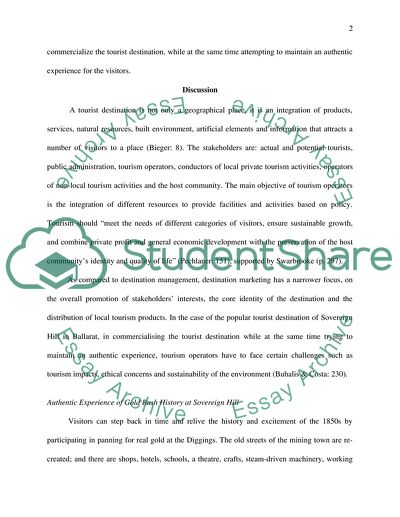Cite this document
(“Sovereign Hill in Ballarat is a classic example of 'staged Essay”, n.d.)
Retrieved from https://studentshare.org/miscellaneous/1546755-sovereign-hill-in-ballarat-is-a-classic-example-of-staged-authenticity-outline-some-of-the-challenges-that-the-tourism-operator-faces-in-trying-to-commercial
Retrieved from https://studentshare.org/miscellaneous/1546755-sovereign-hill-in-ballarat-is-a-classic-example-of-staged-authenticity-outline-some-of-the-challenges-that-the-tourism-operator-faces-in-trying-to-commercial
(Sovereign Hill in Ballarat Is a Classic Example of 'Staged Essay)
https://studentshare.org/miscellaneous/1546755-sovereign-hill-in-ballarat-is-a-classic-example-of-staged-authenticity-outline-some-of-the-challenges-that-the-tourism-operator-faces-in-trying-to-commercial.
https://studentshare.org/miscellaneous/1546755-sovereign-hill-in-ballarat-is-a-classic-example-of-staged-authenticity-outline-some-of-the-challenges-that-the-tourism-operator-faces-in-trying-to-commercial.
“Sovereign Hill in Ballarat Is a Classic Example of 'Staged Essay”, n.d. https://studentshare.org/miscellaneous/1546755-sovereign-hill-in-ballarat-is-a-classic-example-of-staged-authenticity-outline-some-of-the-challenges-that-the-tourism-operator-faces-in-trying-to-commercial.


